Bathroom Window Size Requirements
If you're thinking about redesigning your bathroom, you're not alone. Bathroom remodels are one of the top home-improvement projects in the U.S. And with good reason. A well-designed bathroom can have a tremendous impact on your enjoyment of your home. There are, however, many considerations that go into designing a bathroom that not only looks great but is ergonomic and safe. Bathroom design may seem simple enough, given that it's usually a small space, but size can be deceiving. I encourage you to seek the help of an experienced interior designer to ensure that your bathroom is perfectly designed to your needs and follows best practices. Read on for 17 of the most essential bathroom layout guidelines and code requirements. I'll be delving into dimensions, spacing between walls and fixtures, ceiling height, and much more. To give you the full picture, I'll be covering residential bathroom building codes, as well as bathroom design recommendations from the National Kitchen and Bath Association that serve as excellent rules of thumb. Building codes are an area's official rules on building safety. Anyone tackling a construction project (including a homeowner doing DIY work) is legally required to follow these rules. For all but the most minor cosmetic building projects, city inspectors will check to make sure that building codes were followed. Most cities and municipalities choose to adopt a set of universal building codes for residential construction that are developed and updated by the International Code Council (ICC). Collectively, these are referred to as the International Residential Code (IRC). Municipalities can they layer more specific rules on top of the IRC or otherwise amend certain rules. When planning a project, the IRC is a good starting point, but always check your local codes. Here in Seattle, for instance, we have the Seattle Residential Code (SRC) that includes many amendments to the IRC. The National Kitchen and Bath Association (NKBA) publishes planning guidelines to help interior designers create bathrooms that are both functional and safe. These are not legal requirements, like building codes, but they are extremely helpful in ensuring that a bathroom is not only safe but enjoyable to use. NKBA members, like CRD Design Build, refer to these guidelines regularly, as well as our own experience, to design bathrooms that are as functional as they are beautiful. While you always have to follow your local code, you'll find that NKBA guidelines either take the code and build upon it or offer recommendations on which the code is silent. Below is a summary of what I consider 16 of the most important NKBA bathroom design guidelines. I also included the relevant codes for comparison. See also: A Practical Guide to Window Placement Bathroom design and space planning is often not given the thought it deserves. If you are planning to remodel your bathroom or add a bath to your home, these 16 rules of thumb are a great place to start. But don't stop here. I encourage you to speak to an experienced interior designer to truly dial in your new bathroom space (and ensure you don't run afoul of your local building code). It's amazing how much a thoughtfully planned bathroom can add to your enjoyment of your home and quality of life. My interior design colleagues and I here at CRD Design Build would be happy to discuss your bathroom remodeling plans. Please feel free to drop us a line to discuss your dreams for your bathroom space. We would love to be of service..jpg?width=800&name=Bathroom%20Design%20Rules%20(1).jpg)
What's the difference between building codes and NKBA guidelines?
Building codes are the law
International building codes keep things uniform
The NKBA offers best practices for bathroom design
Bathroom Building Codes and NKBA Recommendations
1. Entry door openings
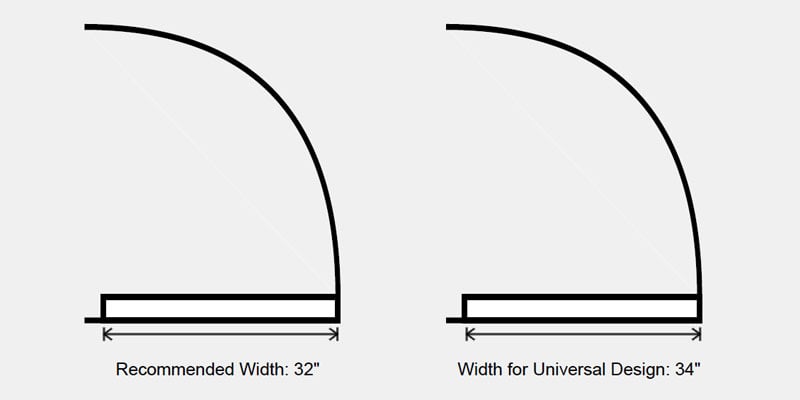
IRC
NKBA
2. Door interference
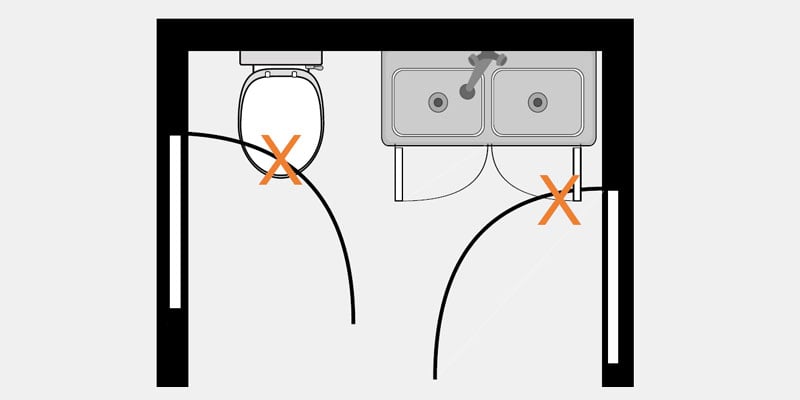
IRC
NKBA
3. Ceiling height
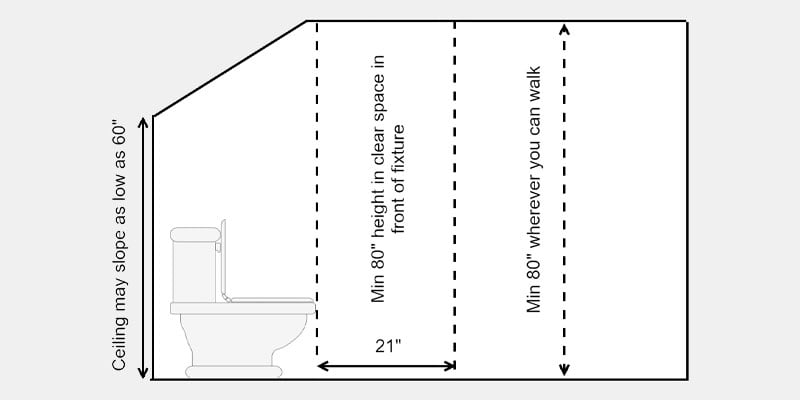
IRC
NKBA
4. Clear floor space
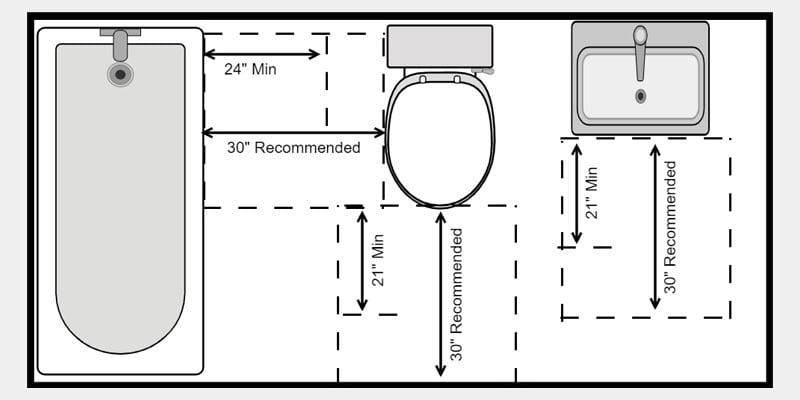
IRC
NKBA
5. Sink spacing
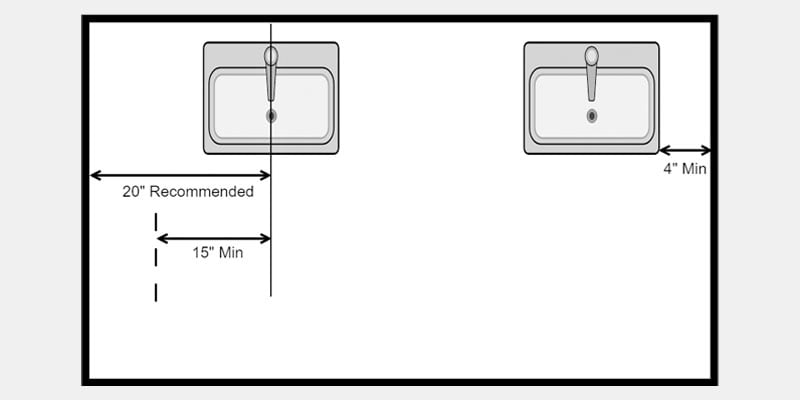
IRC
NKBA
6. Distance between double sinks
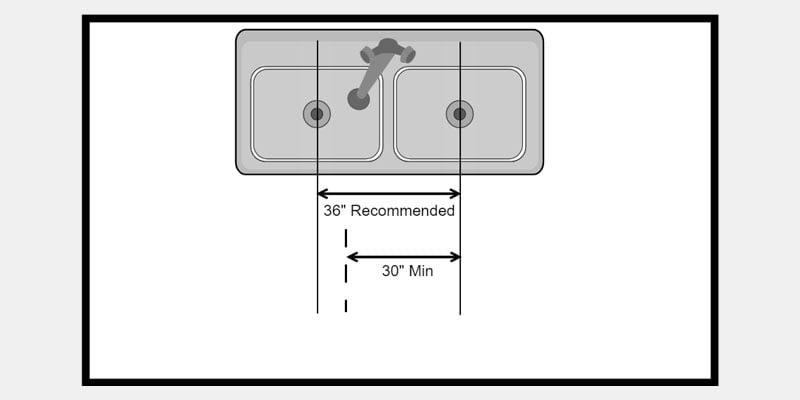
IRC
NKBA
7. Vanity height
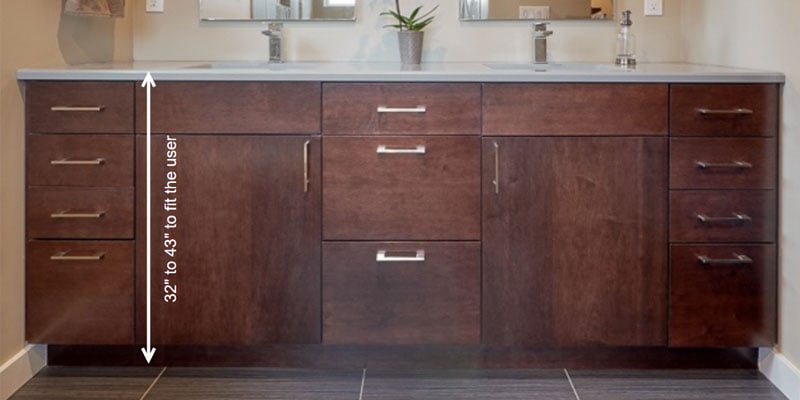
IRC
NKBA
8. Countertop corners
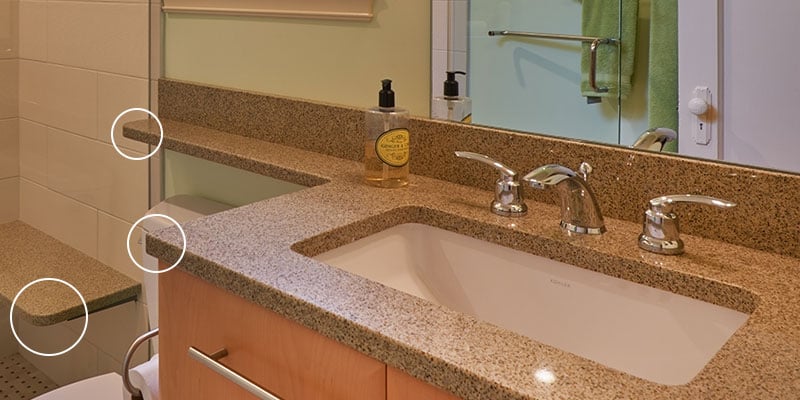
IRC
NKBA
9. Shower size
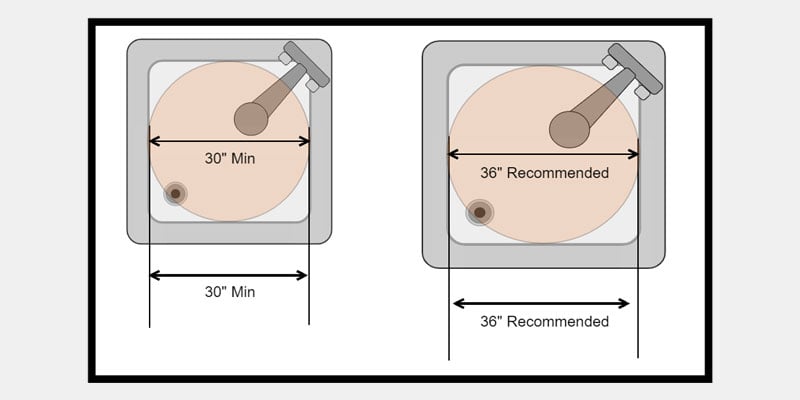
IRC
NKBA
10. Grab bars
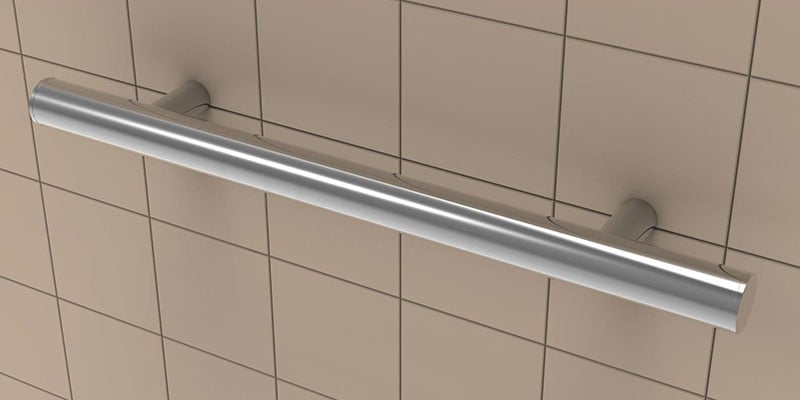
IRC
NKBA
11. Non-slip floors
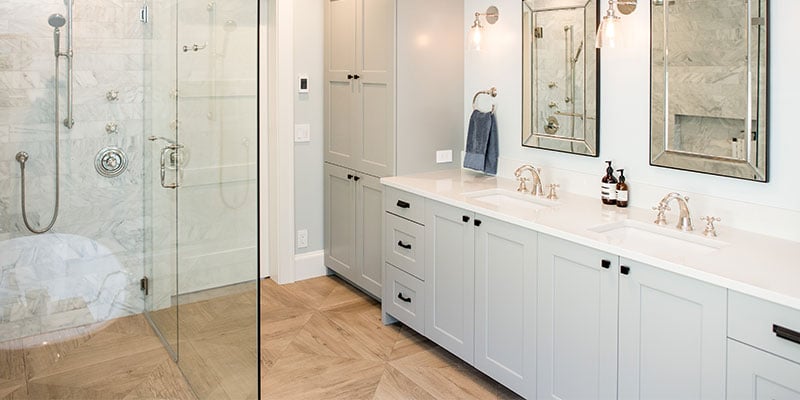
IRC
NKBA
12. Toilet placement
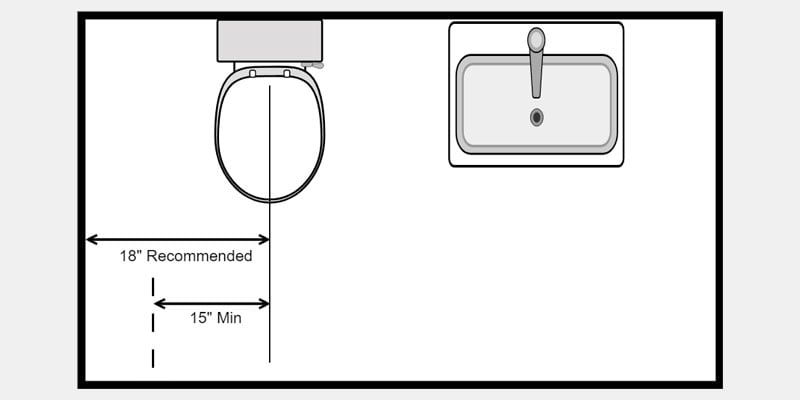
IRC
NKBA
13. Toilet compartments
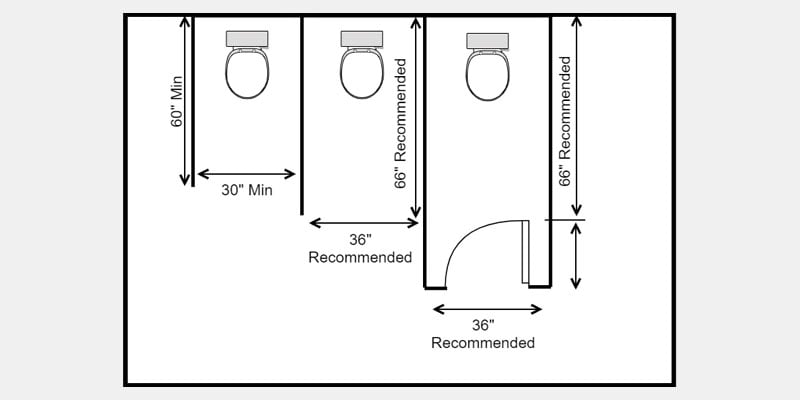
IRC
NKBA
14. Bathroom accessories
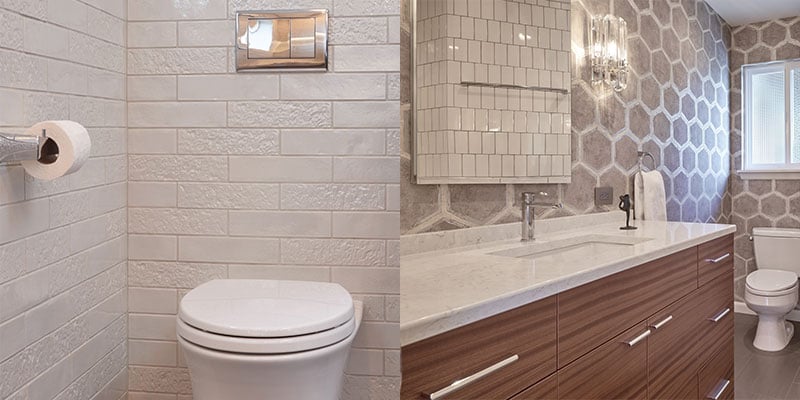
IRC
NKBA
15. Ventilation
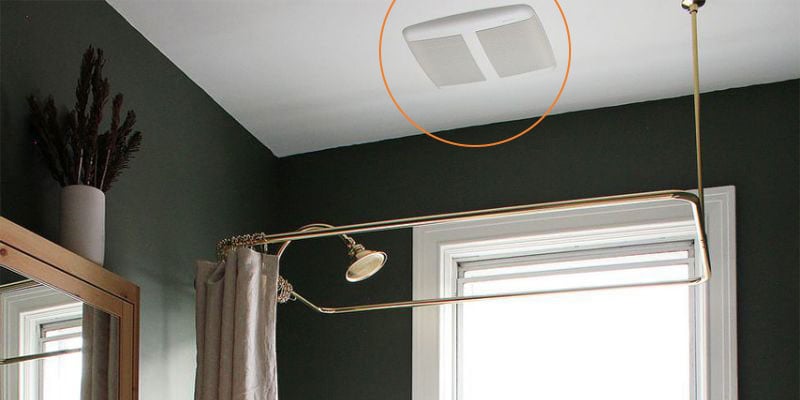
IRC
NKBA
16. Heating
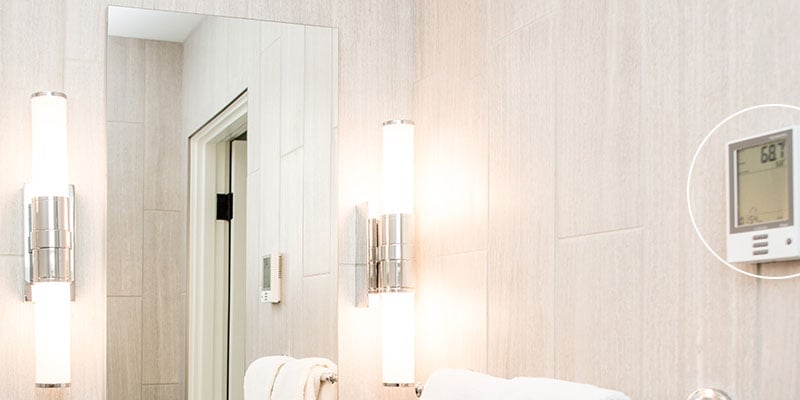
IRC
NKBA
Putting it all together
Bathroom Window Size Requirements
Source: https://www.crddesignbuild.com/blog/residential-bathroom-code-requirements-design-tips

0 komentar:
Posting Komentar